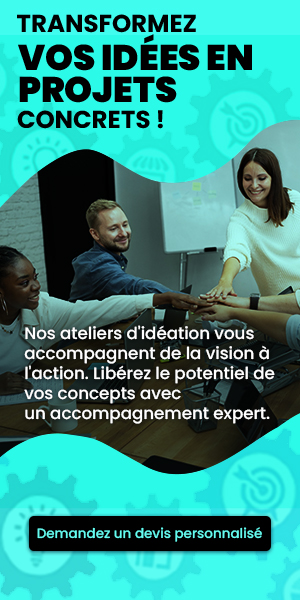The requirements gathering constitutes an essential phase in software project development. It involves a meticulous process of documentation and analysis of the needs, expectations, and objectives of stakeholders. By using suitable methodologies and essential tools, this approach ensures that projects remain aligned with the true wishes of users. Effective requirements gathering plays a crucial role in limiting risks related to budget overruns while ensuring optimal satisfaction of users. Let us explore together this methodology and the tools that make it so efficient.
🔥 Nous recommandons Ideamap
Ideamap est l’outil idéal pour un brainstorming ou un projet collaboratif. Grâce son interface facile et à ses fonctions IA, Ideamap booste votre créativité tout en favorisant une meilleure organisation de vos idées pour atteindre vos objectifs.

Requirements Gathering: Methodology and Importance
The requirements gathering is the foundation of any successful software project. This process consists of identifying and documenting the needs of stakeholders while analyzing their goals and expectations. This ensures that the final product accurately meets the various success criteria. By integrating the voices of users from the outset, project teams can reduce the risks of budget overruns and unforeseen changes while improving the satisfaction of end users.
Essential Tools for Requirements Gathering
To optimize the requirements gathering process, several tools are essential. Among them are software like DOORS, Reqtify from Dassault, and TEEXMA from Bassetti. These platforms allow for the centralization of data, ensure effective traceability, and simplify the documentation of needs. By using these tools, teams can also establish a transparent communication, thereby fostering enriching collaboration among all stakeholders.
Requirements Gathering Techniques
Various techniques can be implemented to effectively gather requirements. In-depth discussions with clients to identify their goals, as well as methods like focus groups and interviews, allow for a refinement of needs understanding. Moreover, the use of diagrams and mockups can promote a visual representation of requirements, thereby facilitating their analysis and validation throughout the project development.













